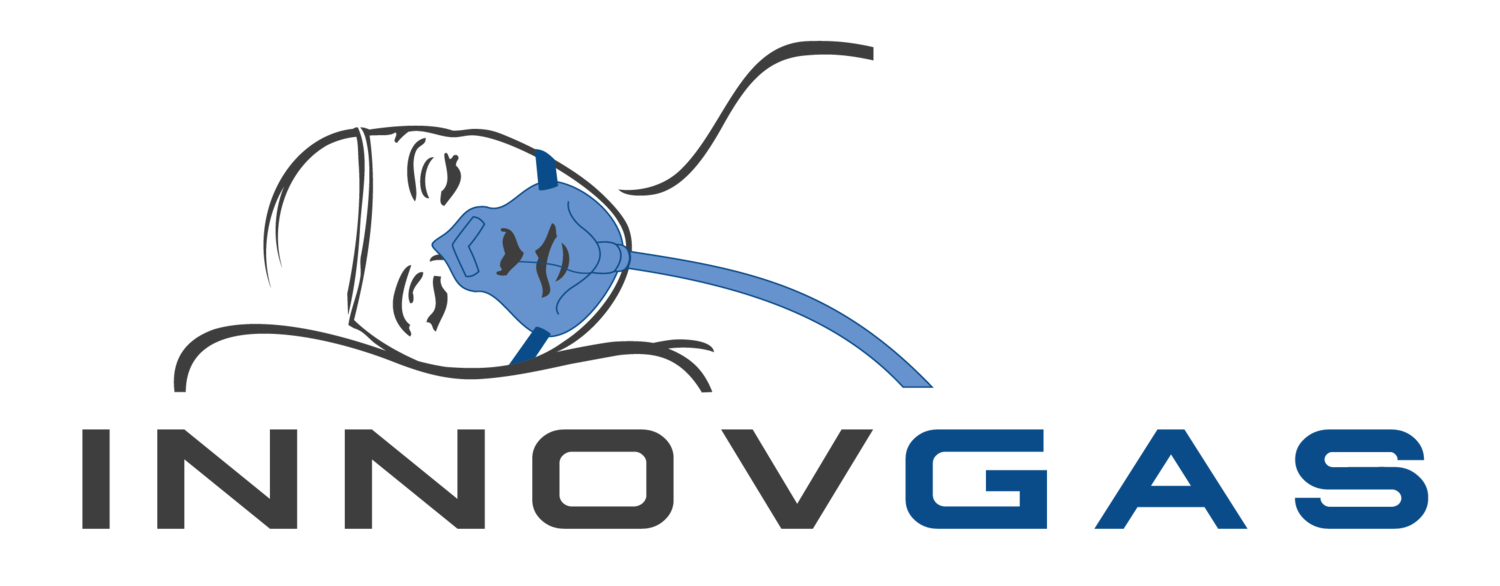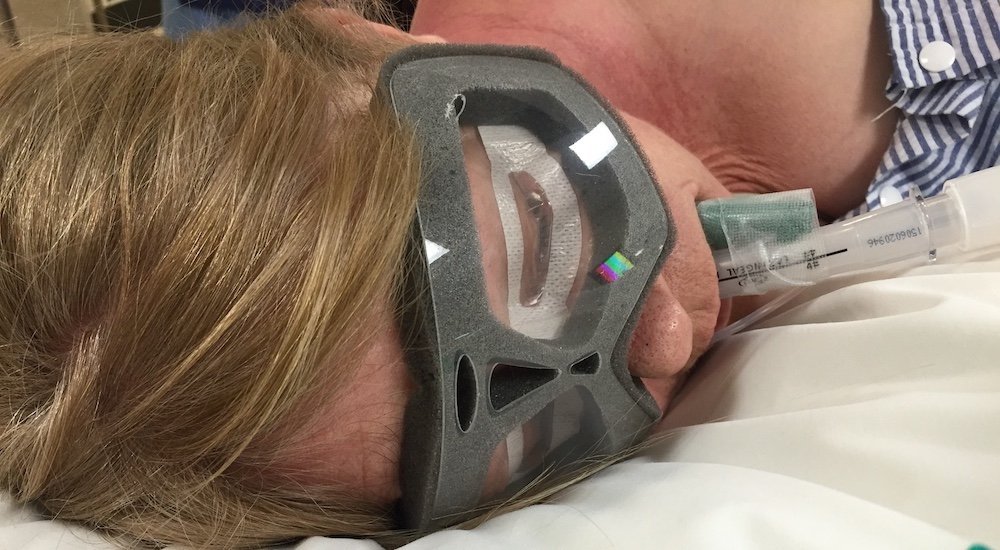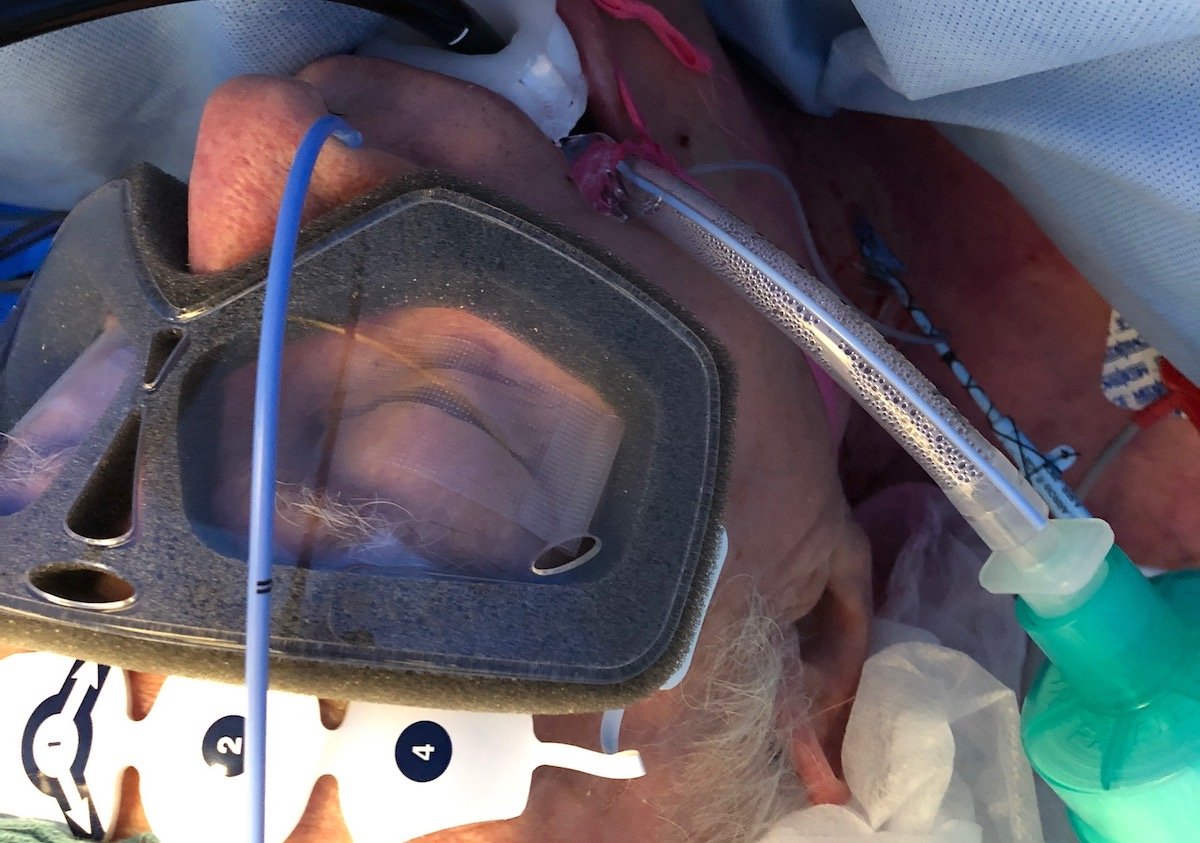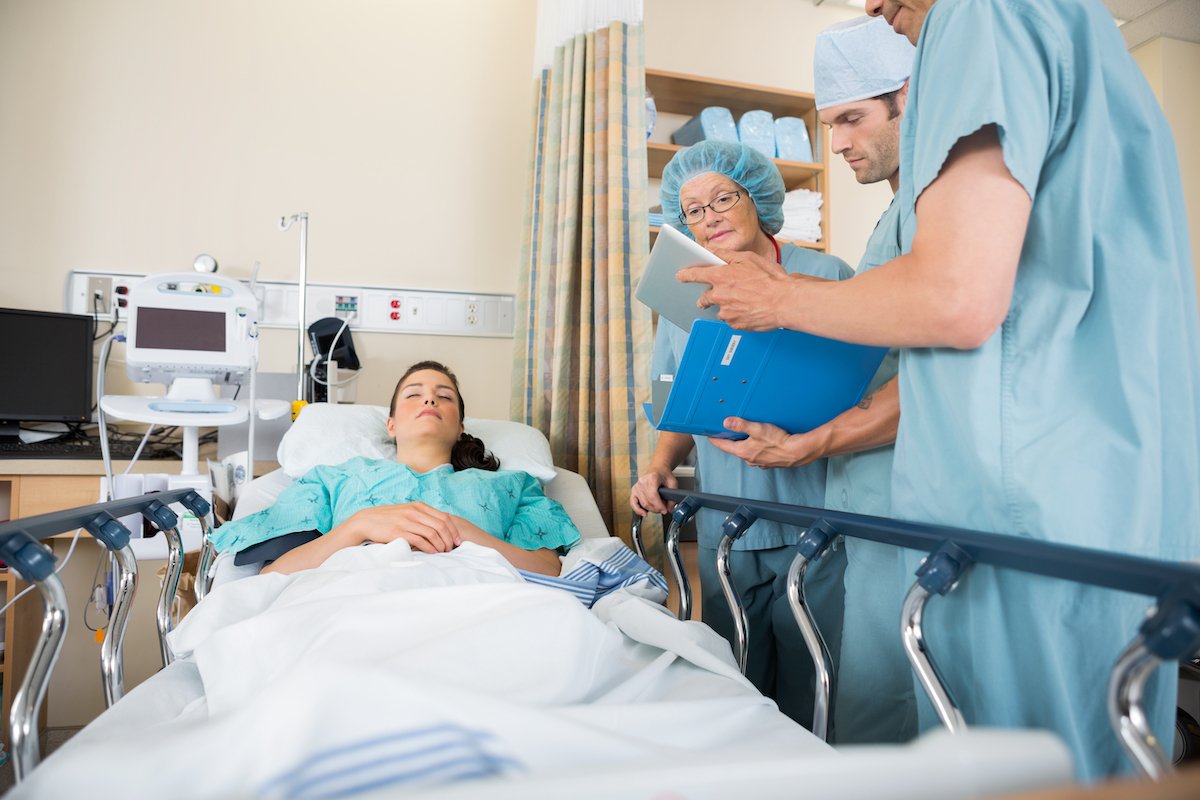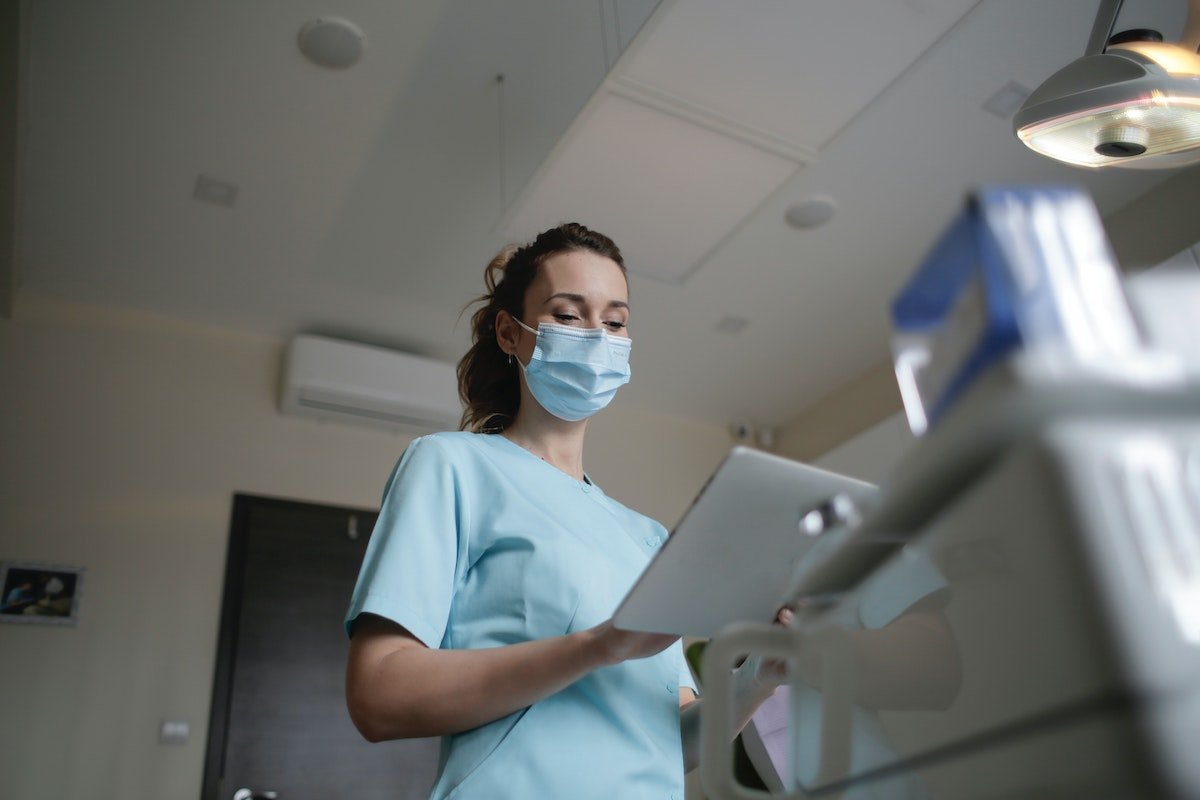The Real Heroes
The surgeon visited you early this morning. She explained the procedure to you, detailing the risks as well as the benefits. You signed the consent forms and before the surgeon left you she marked the position on your body where the operation was going to take place.
Now, you are lying on a bed in a small, but brightly lit room just off the operating theatre. The anaesthetist, who is gowned up is now talking to you. The room feels cold due to the air conditioning. The anaesthetist is checking your personal details and what operation you are expecting. A nurse approaches you and asks the same questions before attaching heart monitor leads to you and a blood pressure cuff. A pulse oximeter is put on your finger to measure your oxygen levels.
The operation is getting close now. All the monitoring leads are attached to a machine so that the anaesthetist can see how you are responding. Finally, a small plastic tube called a cannula is inserted into your vein. Sometimes, there are more than one. The anaesthetist asks you to breathe pure oxygen from a light plastic face mask before the anaesthetic begins to take effect. He asks you to think nice thoughts and count to ten. Within a minute you are unconscious.
When you wake up the operation will be over. But, what happened in between? Well, that’s when the real heroes take over. The staff who look after you throughout your operation. They keep you safe and make sure your procedure is a success. Let’s have a look at what these heroes do because, after all you were unconscious.
You met the surgeon, the anaesthetist, and a nurse. Additionally, there are a number of other staff, each performing a vital role. In a typical operating theatre, there will probably be the following:
Two anaesthetists, a consultant, and a registrar.
Two or three surgeons, depending on the complexity of the operation.
Two scrub nurses. They do a number of things in the theatre including, making sure the correct equipment is available and working, as well as being responsible for all surgical equipment and instruments used.
One or two operating theatre practitioners. They have a wide-ranging role from assisting the anaesthetist, helping the scrub nurse to ensuring the patient recovers safely.
One or two theatre support workers. They also have a wide-ranging role. They help transport patients from the ward to theatres and from the theatre to recovery. They also manage the theatre to ensure that it is well stocked of things such as sutures, syringes, and swabs, assist in the clean-up of theatre before and after procedures. They also collect blood products that may be needed during the procedure and collect and record any samples or specimens that come out during the procedure.
The role of an Anaesthetist is to provide anaesthesia and pain management before, during and post-surgery. You will normally be given a combination of injected drugs and inhaled gas. A commonly used drug is called propofol. Sevoflurane and isoflurane are commonly used gases.
To keep your eyes safe, they are taped. Many hospitals have stopped using simple micropore tape because of the risks of infection, the anaesthetist has to keep removing the tape to check the eyes resulting in the tape losing its stickiness and the difficulty of handling the tape when wearing gloves. They are using EyePro instead because it is sterile, designed to keep the eye closed and has an inner transparent zone to allow the eyes to be observed. The outer zone keeps the eyes closed for prolonged periods and creates a barrier against foreign substances whilst preventing moisture loss. The addition of non- adhesive tabs allows for easy handling, application, and removal, even while wearing gloves. You can see why EyePro is superior to micropore tape.
To protect your eyes further, a number of hospitals are also using NoPress, particularly if you are having upper body surgery. The anaesthetist will fit NoPress over your eyes when you are unconscious and if anything accidental occurs which could harm your eyes, NoPress will protect them. Additionally, the anaesthetist is likely to protect your teeth by securing a BiteMe bite block to your airway device.
All of these measures to protect you means that all the theatre staff can concentrate on making your operation a success knowing that your eyes and teeth are well protected, and you are kept as safe as possible.
The operation was successful. The NoPress and the EyePro were removed slowly and gently, and you were taken into the recovery room to be cared for by a recovery nurse and an operating theatre practitioner. As you came round from the anaesthetic you did bite down on your laryngeal mask airway or breathing tube. This is a normal involuntary reaction and fortunately the BiteMe protected your teeth. Depending on where you are in the world, your laryngeal mask airway was removed in the operating theatre or recovery room. Back on the ward, you were well enough to go home the next day.
By taking care to really protect you during your operation the theatre team made sure your hospital experience was as good as it could be. The bonus for you was that you recovered quickly and went home early. The bonus for the hospital was really good also in a number of ways. Fewer drugs and clinical time were used that may have been needed for a corneal abrasion, black eye, or damaged teeth. Equally, the hospital’s treatment backlog of patients needing operations was eased because you were discharged quickly. So, overall the hospital reduced the cost of treating you. I would say that’s a win-win for everyone!!!
Author: Niall Shannon, European Business Manager, Innovgas
This article is based on research and opinion available in the public domain.
Interested in a Free Sample?
Free samples of NoPress, EyePro & BiteMe available upon request.
Conditions apply.
